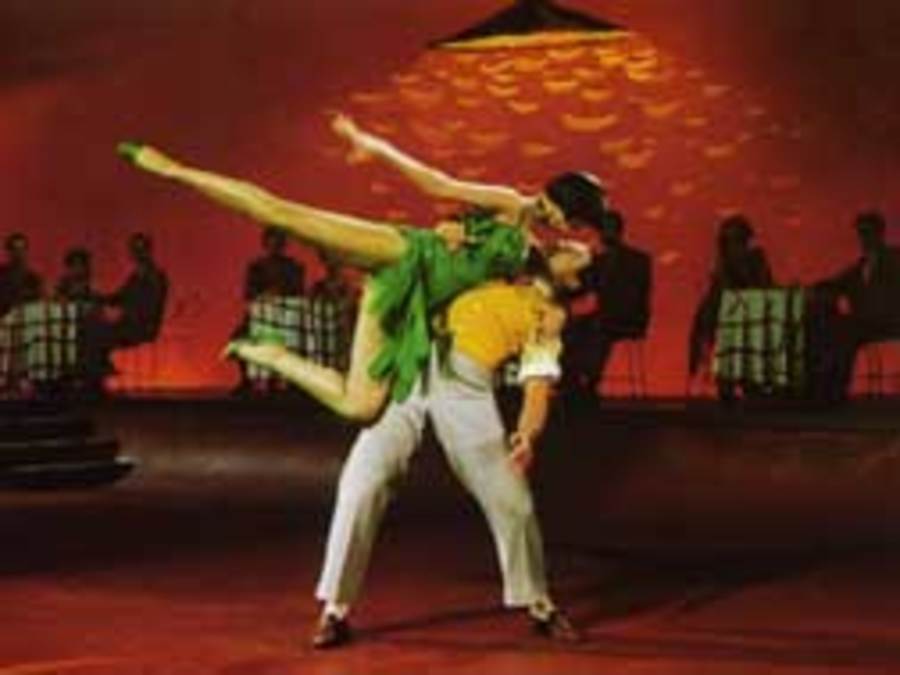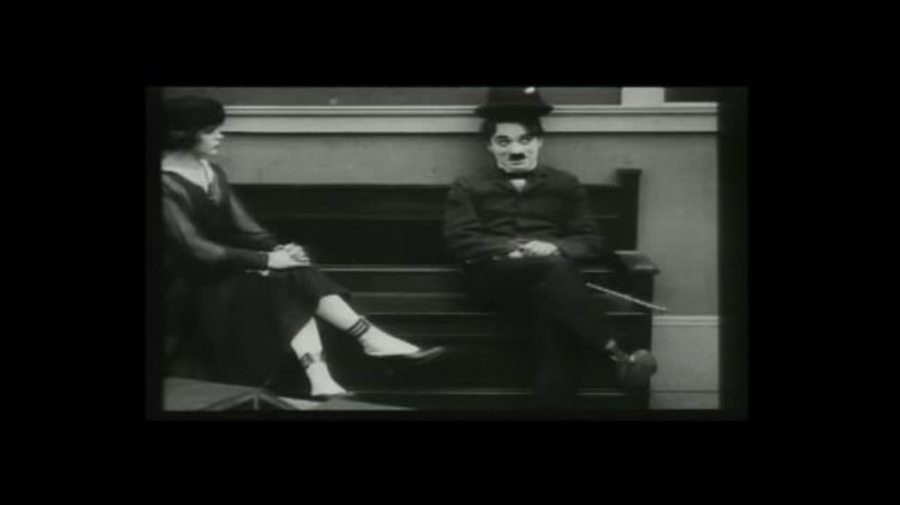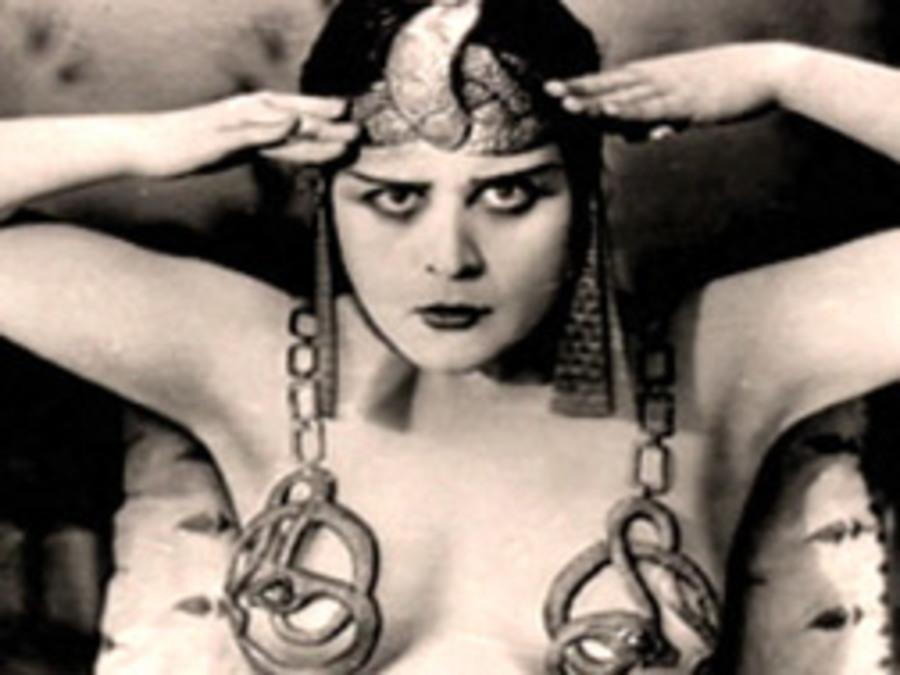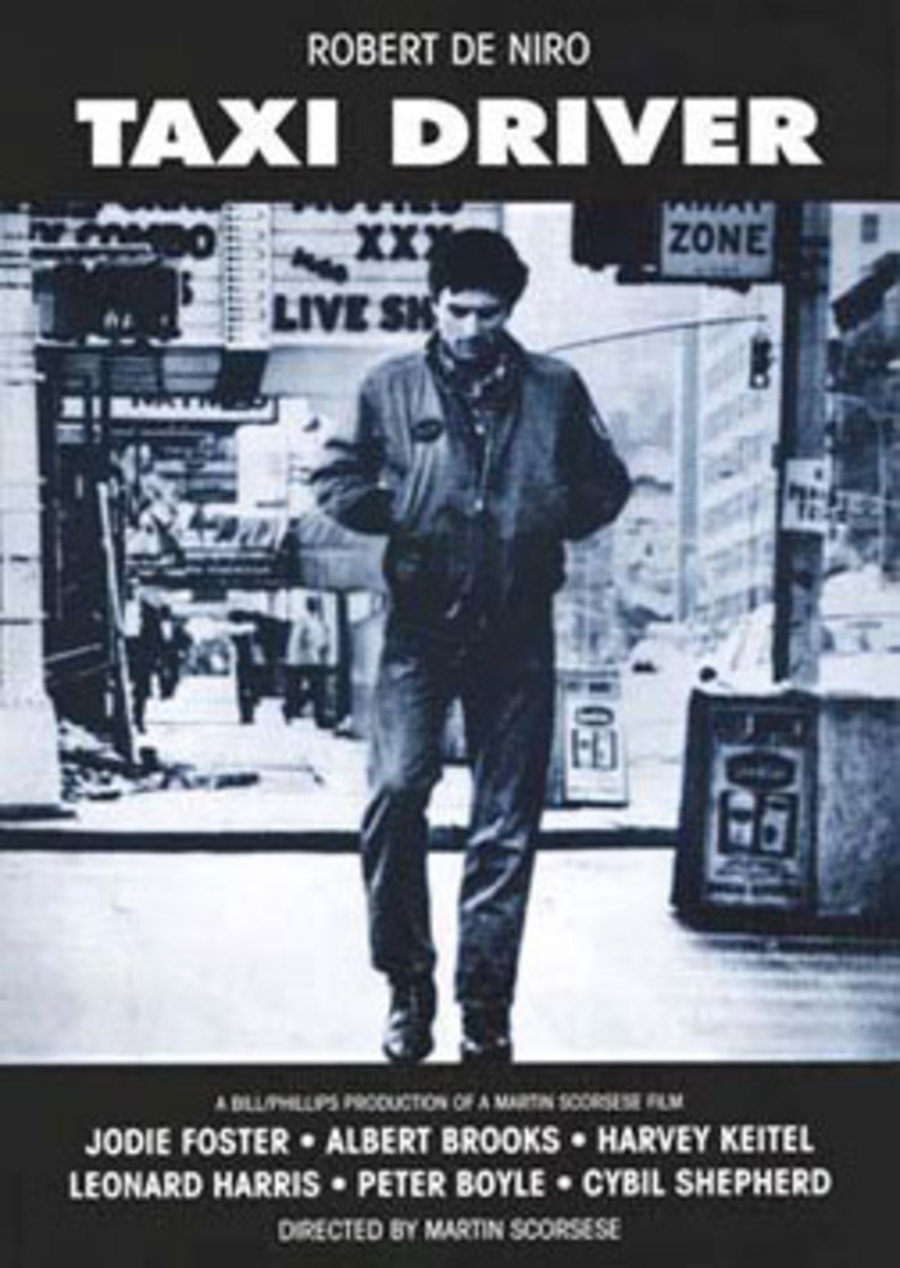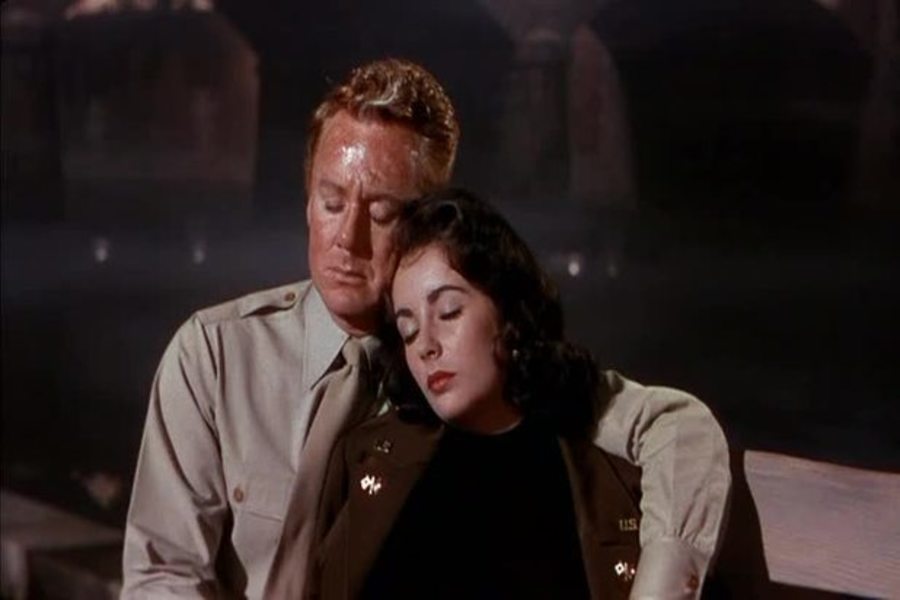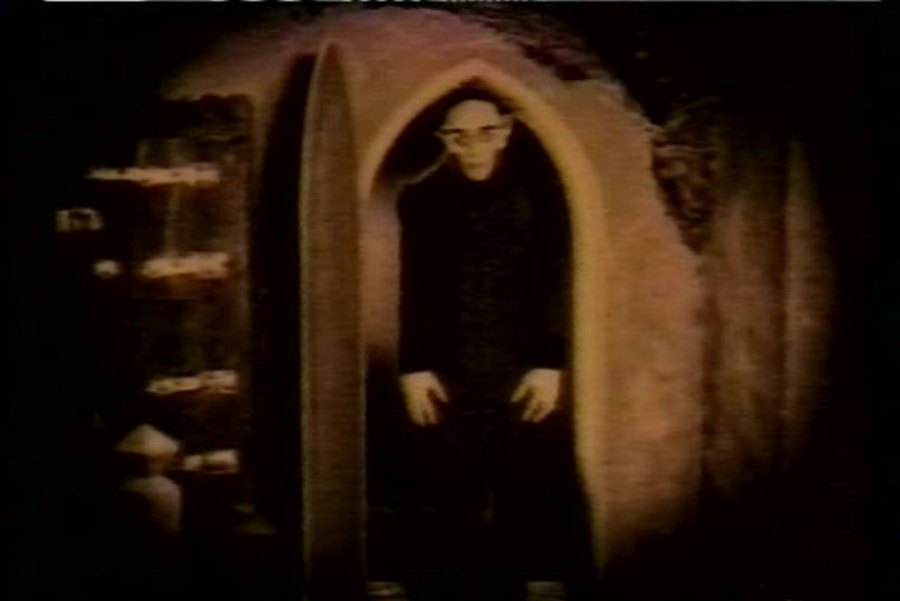 Try these videos to get started. Must be on campus or login with your COM account for off campus access.
Try these videos to get started. Must be on campus or login with your COM account for off campus access.
Want more on finding media? Try Articles & Media.
-
Broadway Goes Hollywood: Musical Comedy in American Cinema (52:11)
Beginning with the release of The Jazz Singer in 1927, this program provides a detailed look inside that most distinctly American of film traditions, the musical comedy. Interviews with dancer Cyd Charisse, famous for her starring roles in MGM musicals, and Hermes Pan, renowned choreographer and collaborator with Fred Astaire, help to illuminate the advent and evolution of the genre. Excerpts and behind-the-scenes accounts from Singin’ in the Rain, 42nd Street, Second Chorus, Flying Down to Rio, The Wizard of Oz, and many other films are included. Specific topics include the impact of the Hays Code, the influence of African-American dance styles, and the decline of the musical during the 1960s.
-
How Hollywood Does It - Film History & Techniques of Mise-en-scene (28:03)
History, techniques, movements and people who create the magic of motion pictures. Mise-en-scene looks at how filmmakers make decisions about what is put before the camera. It includes costumes, props, set design, positioning of actors and much more.
-
Roll On, Cinema (52:00)
It all began in Paris. Etienne-Gaspard Robertson gave one of his first screenings of Fantasmagoria in 1798. But how did we move from the magic lantern to the cinematography of the Lumière brothers? Robertson, Reynaud, Plateau, Muybridge and Marey spearheaded the adventure. Thanks to these brilliant inventors, we travel across the 19th century, ending in Paris in 1895 in the Salon Indien du Grand Café, where the first public movie screening took place.
-
Series: Hollywood's Top Directors
Case studies in Hollywood success can provide a much-needed dose of inspiration and guidance for the aspiring film and media artist. This series features 13 veteran Hollywood directors who share their personal experiences in the industry, express their passion for making movies, and offer advice on breaking into the world of cinema. Each director talks about several films-describing what it was like to work with the cast and the specific challenges and rewards that emerged in rehearsal, on the set, or behind the camera. Mentors, artistic influences, and childhood recollections also find their way into the mix. The result is an exciting, informative, and panoramic look at Hollywood's landscape and those who thrive in it.
-
Series: Sex, Censorship, and the Silver Screen
Hollywood's history is, in a sense, a narrative of the battle between artistic freedom and heavy-handed restriction. This four-part series conveys that narrative through a progression of archival film clips spanning the bulk of motion picture history. In terms of the richness and sheer quantity of the selected footage, students will encounter few film studies resources that equal these programs; engaging voice reenactments from correspondence and the public record also shape the story. From Edison's innocuous Kinetoscope kiss to Brando's animal intensity in A Streetcar Named Desire to the unabashed eroticism of Basic Instinct, the series chronicles a parade of cinematic sins and the pious and bureaucratic reprisals they inspired. 4-part series, 50-72 minutes each.
-
The Silver Screen Revolution: American Cinema 1960–1980 (52:57)
Rejecting Hollywood’s traditions, young American filmmakers in the 1960s forged a new cinema that held sway for two decades. This program revisits that period through detailed interviews with directors Martin Scorsese (Taxi Driver, Raging Bull) and Lee Schatzberg (The Panic in Needle Park) and production designer Dean Tavoularis (The Godfather trilogy, Apocolypse Now). Scorcese talks at length about the upheaval of the Vietnam era and the challenges of getting Mean Streets made; Schatzberg, in conjunction with legendary producer Dominick Dunne, describes how studio management changes affected Panic; and Tavoularis shares recollections from his long collaboration with Francis Ford Coppola
-
The Technology of Film (26:00)
Computers are changing everything, including filmmaking. This program illustrates the digital postproduction process through numerous editing examples taken from Twelfth Night.
-
The Vocabulary of Film and TV (27:00)
Motion pictures have a language all their own, and media students need to become fluent in it. This video is the ideal primer, using an entertaining story line to teach basic film vocabulary.
![]() Try these videos to get started. Must be on campus or login with your COM account for off campus access.
Try these videos to get started. Must be on campus or login with your COM account for off campus access.